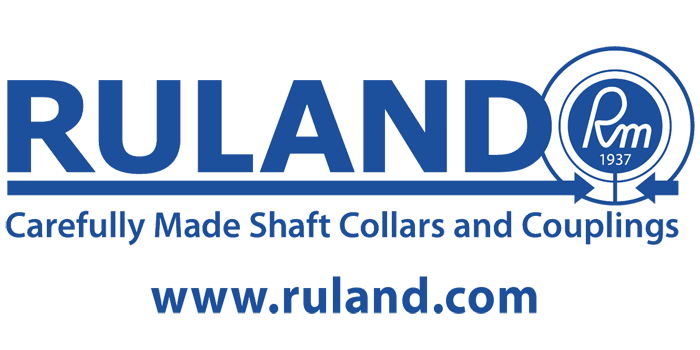Mistakes happen. But it sure is better to avoid them altogether, right? To show us how to prevent the downtime, safety concerns, and financial risks of a poor coupling selection, Robert Watkins, VP of Sales for Ruland Manufacturing, gave us his list of 6 pitfalls you’ll want to avoid. Here is part one of the two-part series.
#2 Speed Ratings: Did these couplings have difference speed ratings? You want to be very careful not to drive a 4500 rpm rated coupling up at six or seven thousand RPM’s. Double checking the speed capability of the type of coupling you’re using is very important.
#3 Inertia: Some drives tend to be very, very sensitive to inertia. Many of these are small stepper, or server motors. For example, a very heavy stainless steel beam coupling, in a very light duty application can cause inertia issues- it can cause you to trip out your motor. So, again, the weight of the coupling itself is a factor.
#4 Duty cycle: The duty cycle, how many cycles do you plan to use the coupling for? What is the projected life you’d like to see out of your system?
# 5 Damping: Number five is damping, or cushioning if you will. Deciding upfront whether you need a coupling that has some shock absorption to protect your components, or if you have an application that requires high torsional stiffness.
#6 The wrong coupling: Simply selecting the wrong coupling for the application. Again any of the factors that we are going to talk about can go into leading you down the wrong road and choosing the wrong type of coupling.
Ruland
www.ruland.com
